Japanese Knotweed: My First Spring Crop
What is it?

Knotweed is an herbaceous, perennial plant. It grows in North America and Europe, but it is native to Korea, China, and Japan. In the UK, this plant has caused quite a ruckus. It has been especially invasive and troublesome, so much so, that banks have refused to approve mortgages for homes with Knotweed on or near the property. This problem child bores its roots to a depth of 10 feet!
It is almost indestructible, and it is exceedingly difficult to eradicate. It is against the law to plant Knotweed in the UK and in many other places. Now that there is more awareness that the plant doesn’t cause any serious damage to property, the banking laws are getting less rigid.
A happy accident
Early in my gardening adventures, I decided I was going to be a real frontier woman (in the middle of a bustling suburb). I had planted peas for the first time and thought how resourceful it would be of me to build my own trellis for the peas.
I went to the woodsy area of my property and cut down old, fully dried Knotweed shoots.
My property is chock-full of Japanese Knotweed. It is very similar in shape to bamboo. In fact, many people assume this is a bamboo plant when they see it. It grows very quickly and has a hollow stock like bamboo. It also has shoot compartments like bamboo with a little membrane disc that separates one section of shoot from the next.
Once I installed this poorly built, rickety trellis, it occurred to me that I should research this plant in case it was toxic. Boy did I get a surprise!
A treasure uncovered

I went straight away to search for information on Knotweed. I discovered that this plant is considered a superfood by many. Wow!
The stock is edible when very young. Once it begins to mature, the plant becomes woody and fibrous, inedible. If you have this growing in your yard, you can harvest soon!
This starts shooting up in Massachusetts in April. It grows so fast you can easily miss the window to harvest. The young shoots look like fat asparagus. It is recommended to pick shoots only 6 to 8 inches high. I usually cut shoots about 12 inches high.
Preparation
I bring my shoots in the house and rinse thoroughly because ants love climbing these plants. Processing shoots is a time-consuming activity so I grab my pairing knife, a strainer full of shoots, another bowl for waste and a clean bowl for peeled shoots and head for my comfortable chair in the living room.
Sitting in front of my TV, I settle in for the work at hand. Ideally, the shoots should be firm when peeling, but they aren’t always. They can be very tender and can break easily. They cannot be picked if too thin or they will be impossible to peel. I recommend harvesting stalks that are the thickness of your thumb, not your fingers.
Peel and freeze
Peeling is almost an art form. You want to get the outer layer of skin off, but you don’t want to poke open the stalk. Once the wall of the stalk is broken, the whole thing can fall to pieces. Therefore, be sure to put your patience on before you begin. After the stocks are peeled, I chop into little sections, not bigger than a bouillon cube. I freeze these on a cookie sheet just as I would freeze fresh blueberries. Once frozen, I slide them off the cookie sheet into a freezer safe bag and put back into the freezer.
How to eat

When I first considered eating this plant, I thought, “Oh no, this is gonna taste horrible. It’s going to be bitter and disgusting.”
Gratefully, I was wrong. It has a nice lemony flavor, not unlike the flavor of wood sorrel. It is, however, strong, so I use very small amounts at a time. I just sprinkle a little on top of food, cooking in a sauce pan.
Say, for instance I am warming mashed potatoes. Just a couple minutes before I take the pan off the stove, I throw a little on top of the potato and the heat quickly softens the knotweed. I don’t want it on the heat too long or it will lose its nutritional value.
Once I serve the food, I just mix in the knotweed. I am basically using it like I would a spice or condiment. I have started adding it to my pressed juices I make in the morning, just a little or the drink is too strong. There are cookbooks devoted to just knotweed. It can basically be used any way one would use rhubarb.
Just what the doctor ordered
It only gets better. Why would I want to go to all this trouble to get this food?
There are a few reasons. Firstly, it is FREE. I love FREE! Secondly, it tastes good. Thirdly, this is considered a medicinal plant.
In the late 1990s, the anti-oxidant, resveratrol, rocketed to fame. This anti-oxidant is promoted for its heart-healthy properties. It may reduce bad cholesterol. It might be in your night cream and it is sometimes used by naturopaths to treat Lyme disease. It may also play a part in the fight against cancer.
As a cancer patient, I used to buy the pill form of resveratrol and then to my great surprise, discovered that the pills I was buying are made from the root of Japanese Knotweed. Now, instead of buying my medicine, I just harvest it from my backyard. Keep being curious in the garden. It pays!

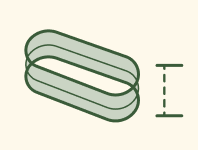
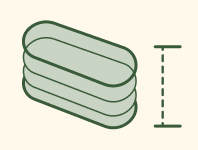
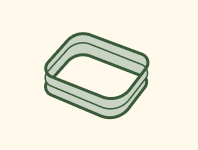

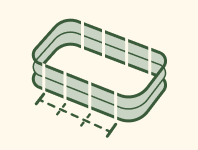
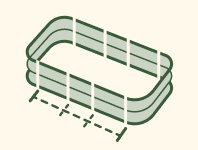
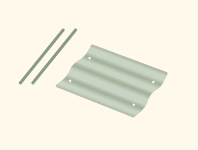
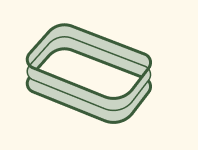
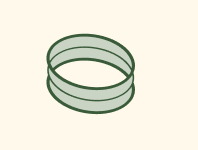


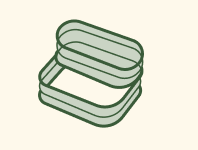


















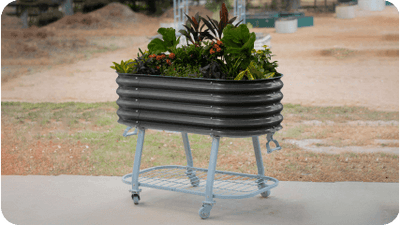








































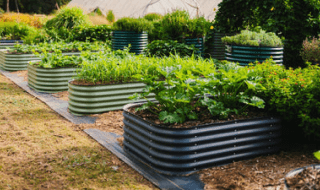

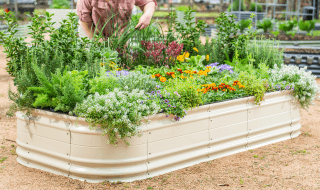
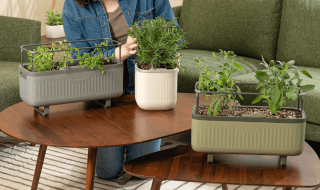
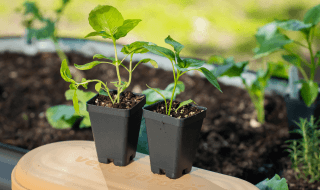
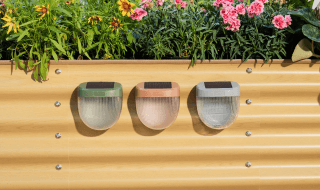
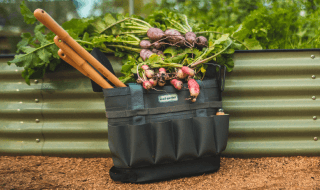
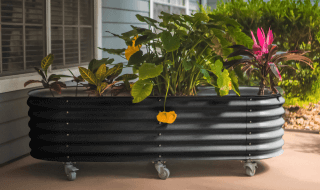







Leave a comment